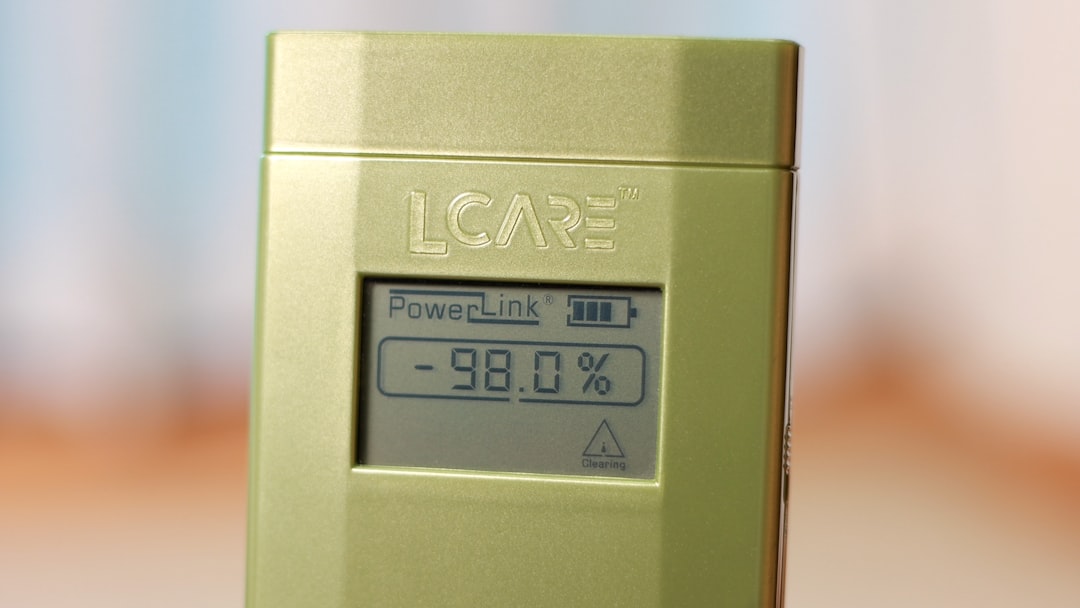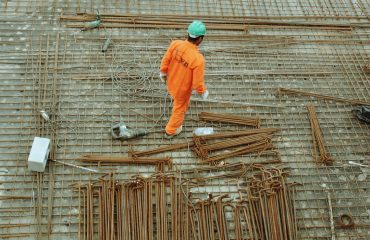Heat treatment is a crucial process in metallurgy, significantly impacting the mechanical properties of metals and alloys. By carefully controlling temperature and time, we can manipulate the microstructure, leading to desired changes in strength, hardness, ductility, and toughness. This post delves into the fascinating world of heat treatment and its profound effect on material properties.
1. Understanding the Microstructural Changes: The Foundation of Heat Treatment
The mechanical properties of a metal are intrinsically linked to its microstructure – the arrangement of grains, phases, and defects within the material. Heat treatment alters this microstructure through processes like nucleation and growth of new phases, grain boundary migration, and precipitation hardening. For instance, heating a metal to a high temperature (austenitizing) allows for the formation of a single-phase austenite structure in steels. Subsequent cooling processes then dictate the transformation back to other phases, influencing the final properties. Slow cooling allows for equilibrium phases to form, while rapid cooling traps metastable phases, resulting in significantly different mechanical characteristics. This fundamental principle underpins all heat treatment techniques.
2. Annealing: Softening and Stress Relief
Annealing is a heat treatment process involving heating the metal to a specific temperature, holding it for a period, and then slowly cooling it. This process primarily aims to relieve internal stresses induced by prior processing, such as cold working. The slow cooling allows for the formation of equilibrium phases, leading to a softer and more ductile material. Different types of annealing exist, including stress-relief annealing, recovery annealing, recrystallization annealing, and full annealing, each achieving a specific level of softening and stress reduction. The choice of annealing process depends on the material and the desired final properties.
3. Quenching: Enhancing Hardness and Strength
Quenching is a rapid cooling process, often involving submerging the heated metal in a quenching medium like oil or water. This rapid cooling prevents the formation of equilibrium phases, trapping high-energy, metastable phases. In steels, this often results in the formation of martensite, a very hard and brittle phase. The hardness achieved through quenching depends on the alloy composition, the quenching medium, and the cooling rate. However, the increased hardness often comes at the cost of reduced ductility and toughness, making the material more susceptible to fracture.
4. Tempering: Balancing Hardness and Ductility
Tempering is a heat treatment process applied after quenching to reduce the brittleness associated with quenched martensite. The quenched material is reheated to a lower temperature, typically below the austenitizing temperature, and held for a specific time before cooling. This process allows for the decomposition of martensite into softer, more ductile phases, such as tempered martensite. Tempering allows for a balance between hardness and ductility, enabling the selection of optimal mechanical properties for a given application. The tempering temperature directly influences the final hardness and toughness; higher tempering temperatures lead to lower hardness but increased ductility.
5. Case Hardening: Surface Modification for Enhanced Wear Resistance
Case hardening is a heat treatment process that selectively hardens the surface of a metal while retaining a softer, more ductile core. This is achieved by diffusing carbon or nitrogen into the surface layer, increasing its hardness and wear resistance. Common case hardening methods include carburizing (diffusion of carbon), nitriding (diffusion of nitrogen), and cyaniding (diffusion of both carbon and nitrogen). Case hardening is particularly useful for components requiring high surface hardness, such as gears, shafts, and camshafts, while maintaining core toughness to prevent fracture under stress.
In conclusion, heat treatment is a powerful tool for manipulating the mechanical properties of metals. By carefully selecting the appropriate heat treatment process and parameters, engineers can tailor the material’s properties to meet the specific demands of a given application. Understanding the microstructural changes and their impact on mechanical properties is essential for successful material selection and processing.
SEO-Friendly Tags:
- Heat Treatment
- Mechanical Properties of Metals
- Annealing Process
- Quenching and Tempering
- Case Hardening Techniques




